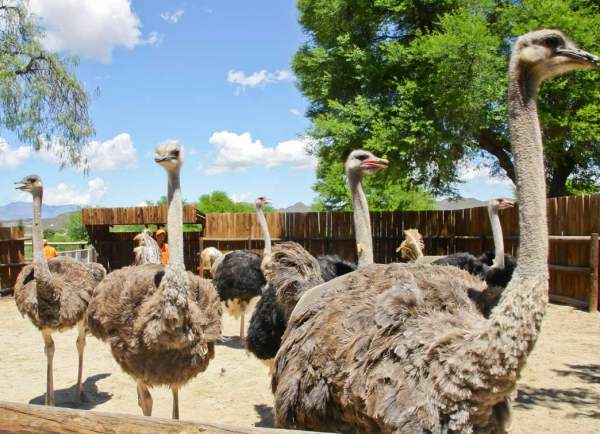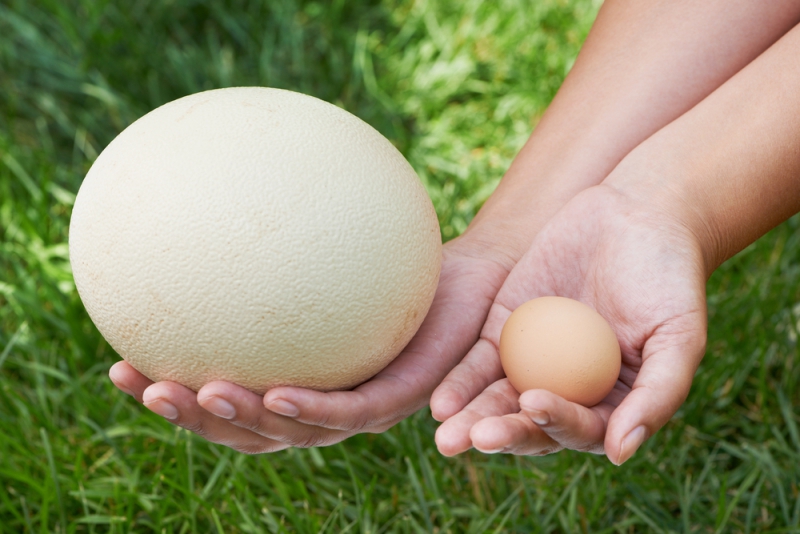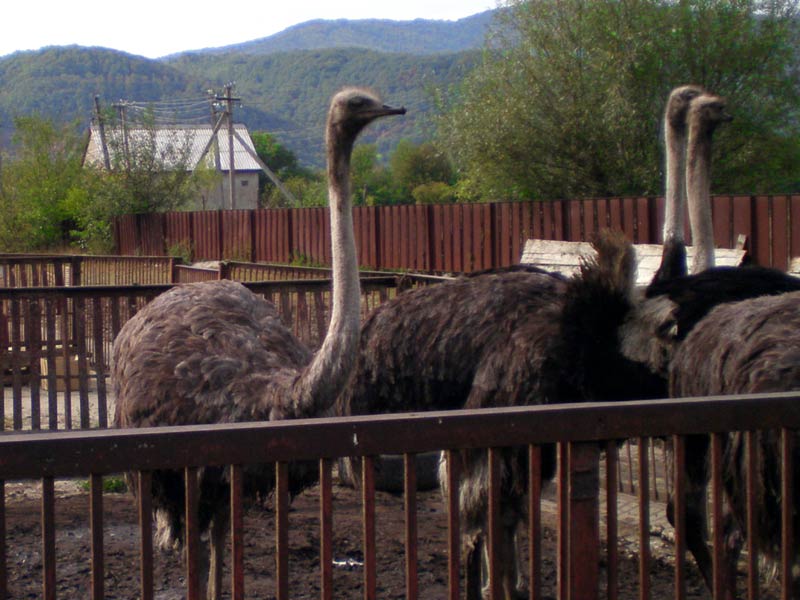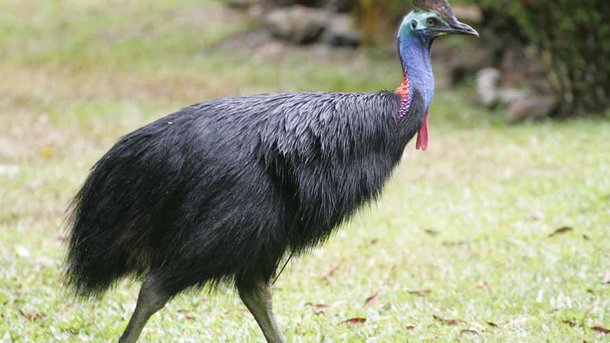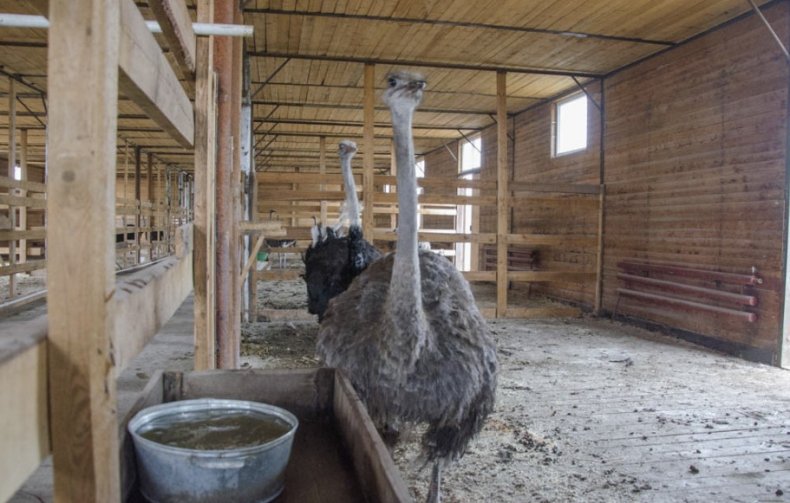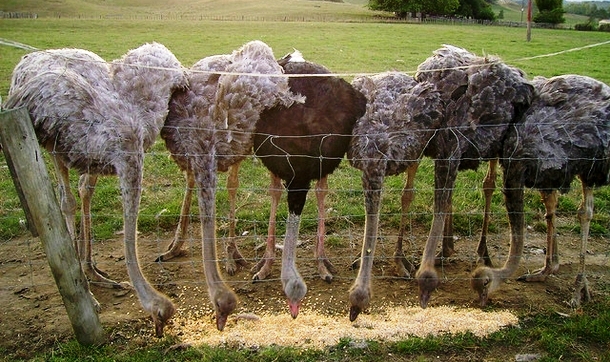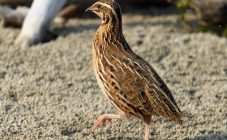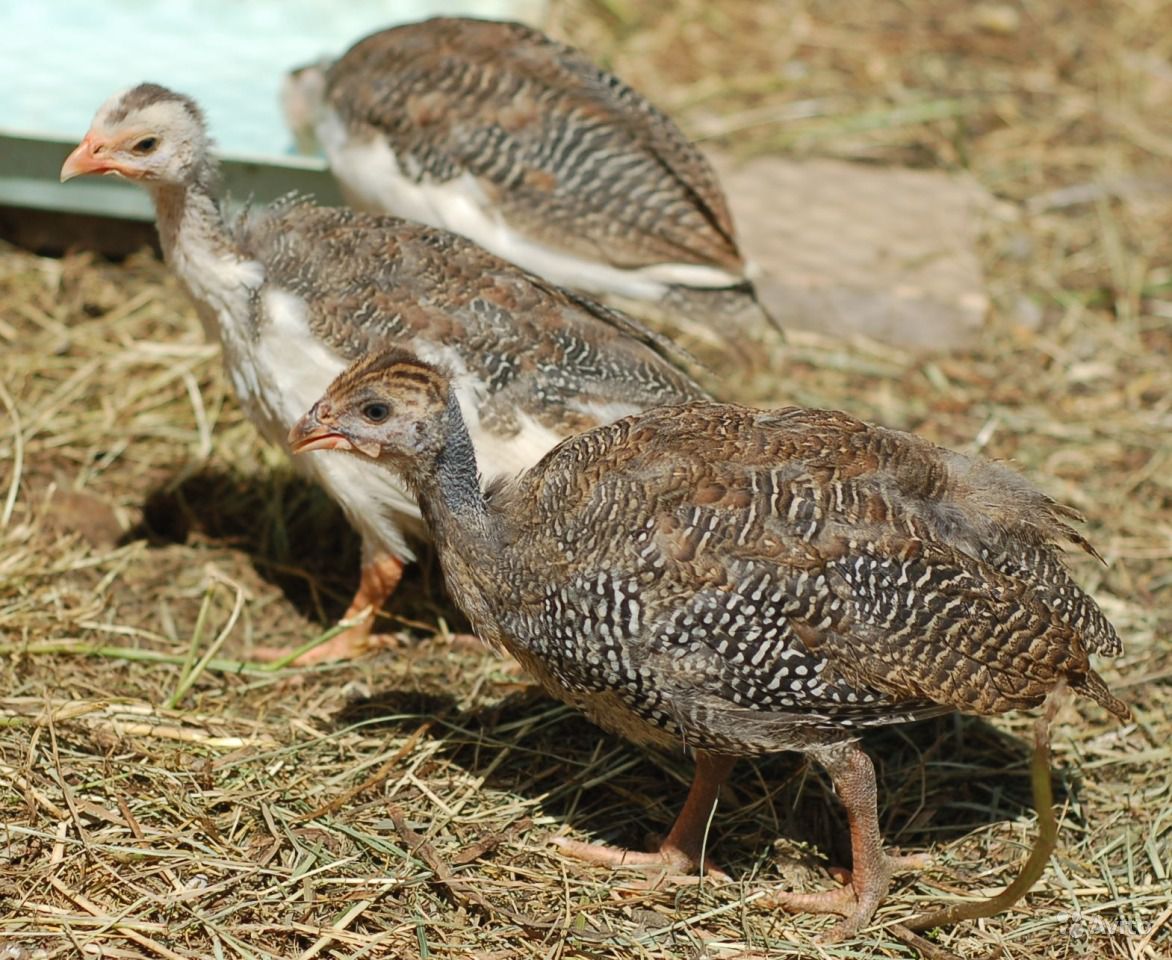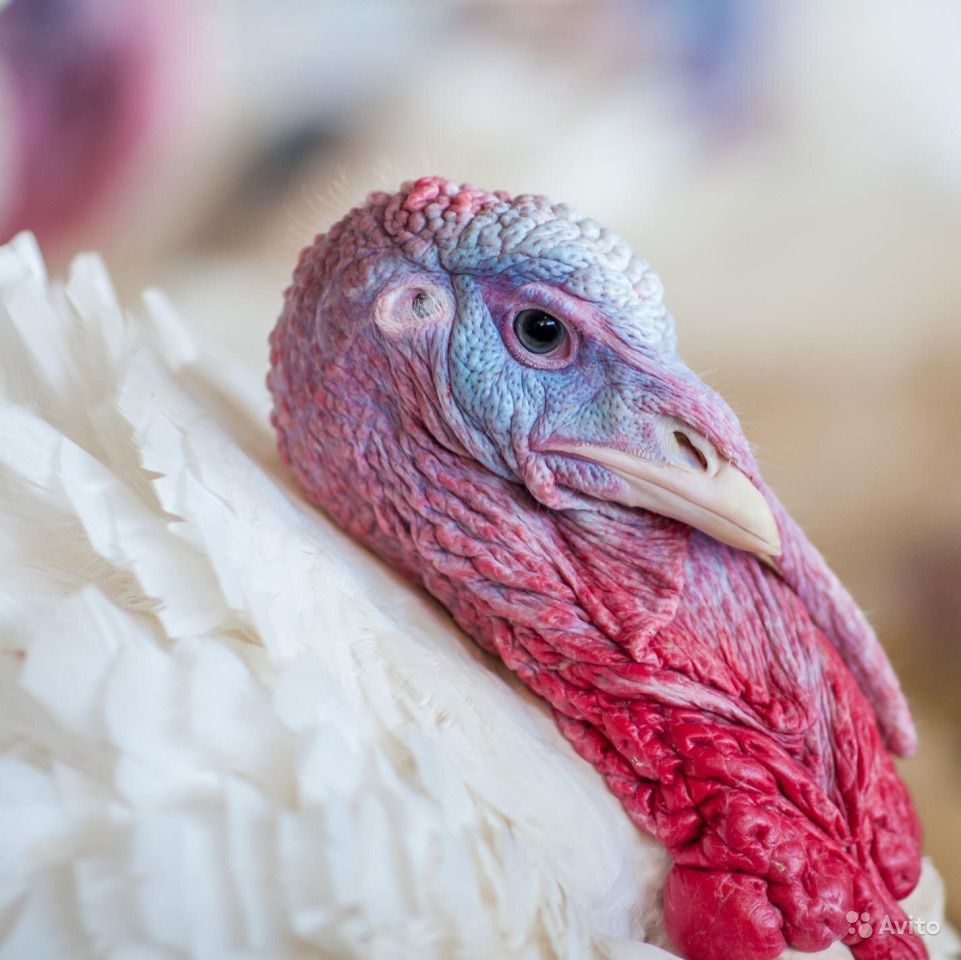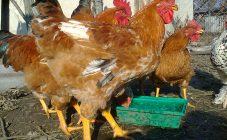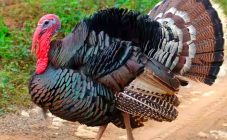Content:
Breeding ostriches until recently was considered exotic and very difficult. But every year the popularity of this type of poultry farming in Russia is only increasing. According to experienced farmers, the process of growing an ostrich is not much different from growing other common types of poultry, and the profitability is several times higher.
Reasons for the popularity of ostrich farming
Keeping ostriches is a very profitable business that is only gaining momentum.
The main factors of such popularity:
- High profitability - with a well thought out approach, it can exceed 100%;
- Low competition. Breeding ostriches is an emerging poultry industry in our country, there is an opportunity to develop well;
- High demand for products. Now everything exotic is in vogue - restaurants need regular suppliers of domestic ostriches at adequate prices;
- Open access to the sales market in Russia;
- The possibility of registration of state benefits, grants, subsidies for the development of a private enterprise;
- High prices for products;
- Resistance of ostriches to diseases, adaptability to growing in captivity, unpretentious care.
Valuable ostrich products
Ostriches are prized for their versatile uses.
Of particular value are:
- Meat. Ostrich meat is a low-calorie, dietary product. Its high protein content makes it very nutritious. Pleasant taste, juiciness, ease of preparation make ostrich meat a valuable product;
- Leather. Possesses very high indicators of strength and water resistance. It is widely used in light industry for sewing shoes, bags, outerwear;
- Eggs. The taste and nutritional qualities are reminiscent of the usual chicken eggs. In size, 1 ostrich is equal to 40 chicken eggs;
- Fat. It is used in cooking. Differs in low cholesterol;
- Feathers. Beautiful large feathers are used to create a variety of costumes and decorations.
Pros and cons of growing ostriches in Russia
The demand for ostrich products in Russia is growing every day. Catering establishments, following the fashion trends for everything exotic, need reliable producers of meat, fat and eggs of this huge bird. Imported products are expensive and require a huge number of permits.
There are still few ostrich farms in our country, competition is low, and market access is free. Renting a land plot for breeding poultry is also not difficult.
The disadvantage of breeding ostriches at home for beginners is the rather high cost of the ostriches themselves. The price of a one-month-old chicken reaches 7 thousand rubles, a female of reproductive age costs about 35 thousand, a male - up to 38 thousand rubles.
In addition, there is a risk of epidemics that can wipe out all the ostriches.
But all these are minor difficulties in comparison with the possible income. With the right organization and a competent approach, the invested funds pay off in two years, and the ostrich farm can become a source of stable high income.
Home keeping ostriches
Before you open an ostrich farm from scratch, you should study the nuances of how to properly breed ostriches:
- Selection of the most suitable type of ostrich chick;
- Proper maintenance of ostriches, what conditions and care are needed for good development;
- What do ostriches eat;
- How ostriches mate.
Another species that is very popular among poultry farmers is indoor cultivation at home. This breed, another name - broiler turkey, is considered the result of crossing a turkey and an ostrich. The main value of the Indo-Strauss is fast and impressive weight gain. In just three months, an ostrich chick gains weight up to 25 kg, while part of the meat is about 80%.
Indostrauses are calm birds, unpretentious in food, rush well and breed. Their only drawback is their thermophilicity - they develop effectively in the summer.
There are three ways to keep ostriches:
- Intensive. Incubators are used. The birds are in a small area;
- Extensive. Ostriches are located in large, spacious areas, ostriches reproduce naturally;
- Semi-intensive. It is a mixed breeding method.
Conditions of detention
The most optimal conditions for ostriches are considered to be spacious corrals, fenced off by a high, at least 2 m fence. The pasture area should have green grass, sand, water reservoirs or running water sources.
These areas should have exits to shelter in case of worsening weather conditions.
For the winter period, domestic ostriches must be transferred to insulated stalls. Each ostrich family should be settled separately. The territory of the poultry house should be of considerable size - 10 square meters per individual, height - 3 meters. The floor is covered with wood shavings and straw, and a small part is covered with sand to lay eggs. Ostrich eggs are laid every two days, they should be collected immediately, otherwise the ostrich begins to hatch.
Breeding ostriches
The main factor for effective breeding is the mating of ostriches and breeding. The male ostrich reaches reproductive age at 4 years of age, the female at 2-3 years. This fact should be taken into account when forming pairs.
During the non-mating season, females and males that have reached one year of age are kept separately. This is done so that the birds gain strength and rest before the next mating season.
A striking sign of the male's readiness for the mating process is the color of the beak and tibia. The bright red color is the most suitable time for breeding. Conversely, in case of discoloration, it is worth giving the ostrich a rest and replacing it with a more prepared male.
Ostriches can live for 80 years, of which 40 years they produce offspring. The female is capable of laying up to 100 eggs. The incubation period is one and a half months.
In one season, you can get about fifty ostrich cubs. If we count that each of them will grow to at least 100 kg, it becomes clear how productive this branch of farming can be.
Ostrich chick care
A newborn ostrich grows up to 20 cm in height and every day adds 1 cm until it grows up to one and a half meters. The first time after birth, ostrich chicks need warmth - up to 33 degrees.
Ostriches can be released into the pasture 3 months after hatching. At first, 2 hours a day, gradually increasing the intervals.In this case, be sure to ensure that the grass is low and there is no dew.
Ostrich feeding
The first 3 days of the chicken should not be fed or watered - this will make it possible to clear the gallbladder. The first feed consists of a mixture of small clover leaves, cottage cheese, boiled eggs with PK-5 compound feed. At the age of one to three months, the PK-6 compound feed is used with the addition of grass, root crops, cereals to the diet: ground wheat, corn, vitamin supplements.
The diet of adult ostriches is absolutely accessible and familiar:
- Compound feed;
- Chopped grass or hay;
- Vitamin and mineral complexes;
- A small amount of table salt;
- Pure water.
The amount of feed is adjusted as it is eaten.
For convenience, the feeder can be placed around the entire perimeter of the pen, slightly raising it to a height of 1 meter. Be sure to monitor the presence of clean cool water in large volumes in the tanks.
Technical features of ostrich farming
- Territory cleaning;
- Regular disinfection;
- Analysis of bird droppings;
- Rodent control;
- Vaccination of birds;
- Good ventilation, room ventilation;
- Timely identification of sick ostriches and their separate keeping in quarantine rooms.
Despite all its exoticism and strangeness, ostrich farming confidently occupies its niche in modern farming life. Due to its high profitability, low economic risks, and necrotic care, ostrich breeding becomes a good alternative to other poultry industries.
